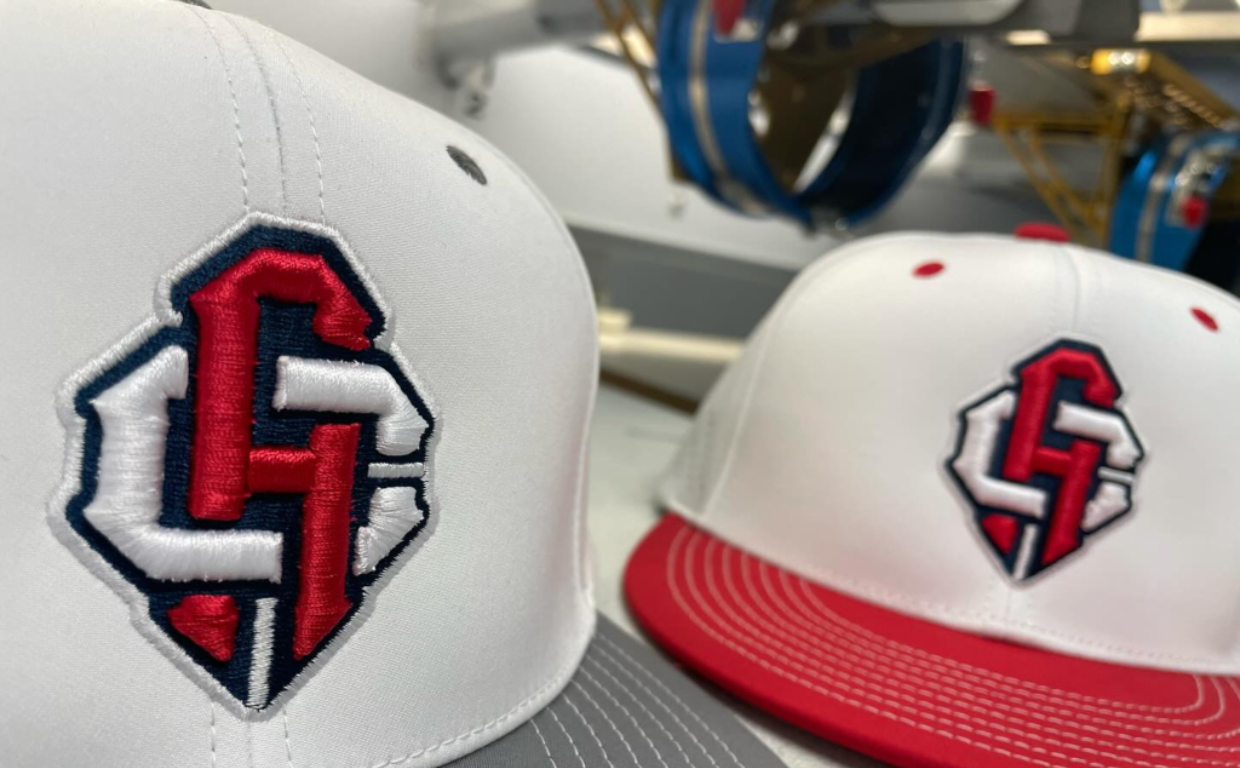3D puff embroidery adds dimension and flair to apparel, but it also requires special care to maintain its structure and visual appeal. Whether you’re a brand owner, embroidery shop, or fashion creator, understanding how to care for these raised designs ensures durability and customer satisfaction. At Mahi Digitizing, we help clients not only digitize perfect puff embroidery but also preserve it. Let’s explore how you can protect and prolong the beauty of your 3D puff embroidery.
Wash 3D Puff Embroidery with Care
Washing is a key factor in the life of your puff embroidery. Harsh detergents, hot water, and vigorous machine cycles can distort or flatten the foam beneath the stitches.
Always wash embroidered items using cold water and mild detergent. Select the delicate cycle if using a washing machine, or hand wash gently for best results.
Turning garments inside out minimizes friction on the puffed areas, reducing the chance of wear, unraveling, or loss of dimension over time.
Avoid bleach, strong chemicals, or fabric softeners which can compromise the stitching and foam material embedded within the design.
We also recommend testing your wash settings on one item before bulk-washing puff embroidered products, especially in commercial setups.
You can read more on embroidery-safe wash techniques on Threads Magazine for extended garment life.
Avoid Direct Heat and Tumble Drying
High temperatures can ruin the foam structure within puff embroidery. Avoid using dryers or ironing directly over the design, as heat melts and flattens foam permanently.
Always air dry puff embroidered garments. Lay them flat in a shaded area to maintain their shape and prevent color fading or steam distortion.
If pressing is necessary, use a steamer from a safe distance, or cover the design with a cloth and gently iron around—not on top of—the puffed section.
Excessive moisture followed by heat accelerates degradation, so proper drying methods are critical to maintain puffed elevation.
This rule also applies to commercial laundries—ensure staff are trained to recognize and treat 3D puff garments differently.
For professional embroidery techniques, visit our Services page for expert guidance on puff embroidery care.
Store Puff Embroidered Items Properly
Storage is another critical step. Compressing puff embroidery under other garments or heavy items can flatten the design and crease the foam irreparably.
Always store puff embroidery upright or hang it in a way that avoids pressure on the stitched area. Use padded hangers for garments and inserts for caps.
Avoid humid storage conditions, as foam is sensitive to moisture which may lead to softening or mold in extreme cases.
In retail or warehouse setups, apply “Do Not Stack” labels and use rigid packaging to protect the 3D element during transit or storage.
Even at home, keep puff embroidered hats on stands and fold garments loosely to prevent unnecessary stress on the embroidery.
Need custom care instructions for your products? Use our Get a Quote form for tailored support.
Use Proper Fabric and Thread Combinations
Durability starts from the base. Choosing the right fabric and thread types enhances both the performance and maintenance of your 3D puff embroidery.
Sturdy fabrics like twill, canvas, and structured cotton provide the necessary support for puffed foam and reduce the risk of puckering or wrinkling.
High-quality polyester threads are fade-resistant and withstand more washes, making them ideal for puff embroidery that requires frequent care.
Avoid stretchy, thin, or delicate fabrics for puff embroidery unless reinforced properly—they tend to sag and ruin the dimensional effect over time.
Proper pairing also reduces maintenance needs and makes the design more resilient to washing and handling.
Check out our article on Best Fabrics for 3D Puff Applique for in-depth recommendations.
Educate Customers and Add Care Labels
If you’re selling or gifting puff embroidery items, it’s important to provide clear instructions for care. This helps customers keep the product looking new.
Add printed or woven labels with wash and storage guidelines directly on the product. Use icons that signal gentle handling and air drying.
You can also include small cards or tags inside packaging that explain how to care for puff embroidery effectively to prevent returns or dissatisfaction.
Educating end users leads to fewer damaged returns and longer product life, which reflects positively on your brand’s reputation and product quality.
At Mahi Digitizing, we offer custom label templates and branding support for embroidered products as part of our extended services.
You can reach out through our Contact Us page for help building your embroidery care materials.

